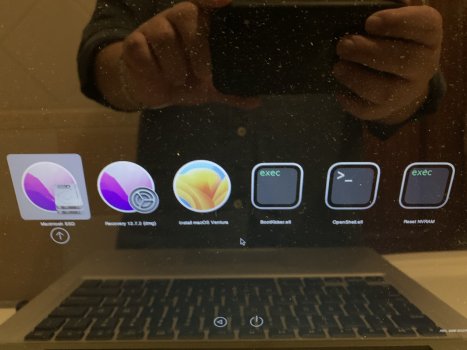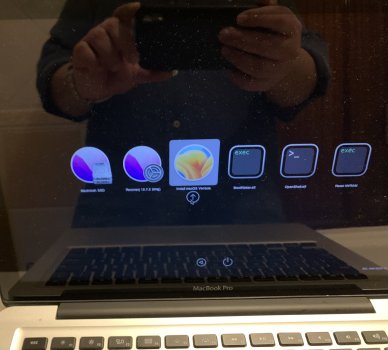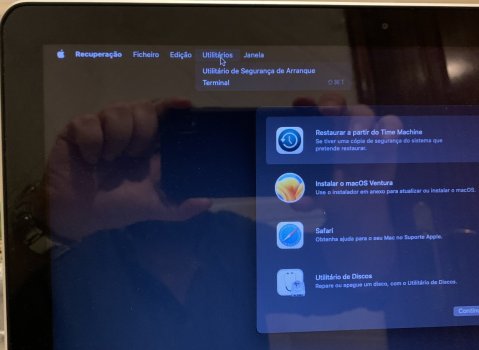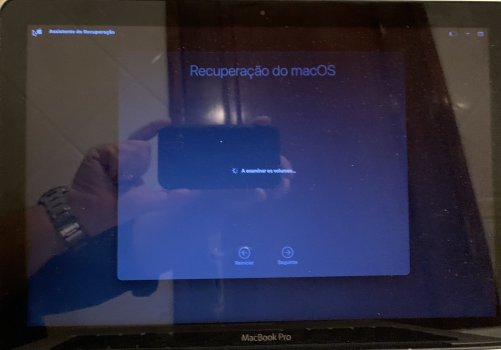On 1.3.0, obviously with the above maneuver with 1.1.0 now, I actually always tried to boot with the Option-key pressed so that I can see what might be happening. Prior to resolving the matter with the graphics - where the system would start, OpenCore visible, being able to also chose either Monterey Installer or Monterey Installer with "grey disk" - the system did not even enter the visible Recovery screen. Once the graphics card was changed, all bootable disks removed/erased, booted again, first then did it actually continue with the actual install process.About 40 mins to go on my Monterey install!
When doing a re-boot during the Monterey install did it loop back to the beginning of the install process again as in https://dortania.github.io/OpenCore-Legacy-Patcher/BOOT.html ?
However, it did not loop back when it wanted to reboot. After each reboot, it took about 25 minutes to finish, then reboot again, 2-3 times in total. The reason for probably me not experiencing the "loop back" was that I had to reset the NVRAM after each reboot, then be able to select the "Monterey Install with the disk"-icon, not the "Monterey Install"-only icon.





